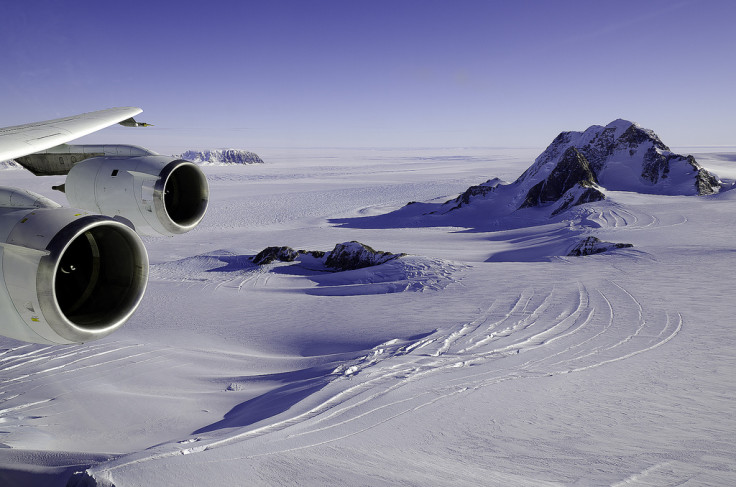Active Volcano Discovered Beneath Antarctica 'Will Melt and Destabilise Ice Sheet' if it Erupts

An active volcano has been discovered beneath the ice in Antarctica and scientists believe it could seriously exacerbate the problem of global warming.
Scientists at the Washington University in St Louis examined volcanic activity in Marie Byrd Land, a highland region of West Antarctica where many volcanoes are known to exist.
Study author Amanda Lough said the volcano was discovered around 30 miles from Antarctica's highest volcano, Mount Sidley.
The researchers say an eruption at the volcano was unlikely to break through the surface of the ice, but instead would melt the ice beneath. Their paper said that "high heat flow through the crust in this region may influence the stability of the West Antarctic ice sheet.
"Eruptions at this site are unlikely to penetrate the 1.2 to 2km thick overlying ice, but would generate large volumes of melt water that could significantly affect ice stream flow."
Published in the journal Nature Geoscience, the researchers found the volcano after setting up lines of seismographs across the area, using vibrations to create images of the ice and underlying rock. During their research, they found several nearby earthquakes and realised they had found a previously undiscovered active volcano.
"We interpret the swarm events as deep long-period earthquakes based on their unusual frequency content. Such earthquakes occur beneath active volcanoes, are caused by deep magmatic activity and, in some cases, precede eruptions," the study said.
An eruption at the site has the potential to create mass amounts of melt water that would flow towards the sea, increasing the flow of overlaying ice and speeding up the rate of ice sheet loss.
The authors added that their observations provide "strong evidence for ongoing magmatic activity" and show that volcanism is shifting southwards along the Executive Committee Range, a mountain range stretching 80km.
© Copyright IBTimes 2025. All rights reserved.






















